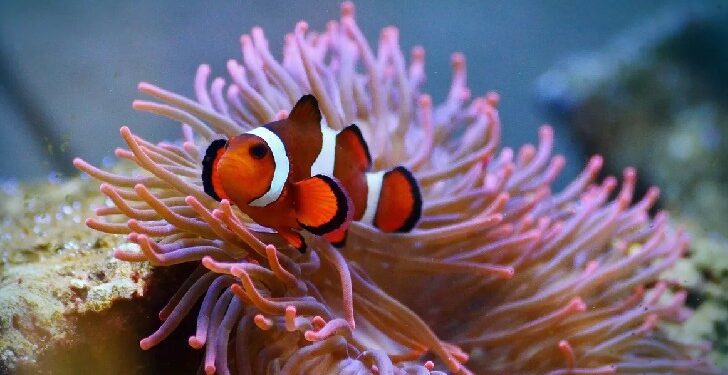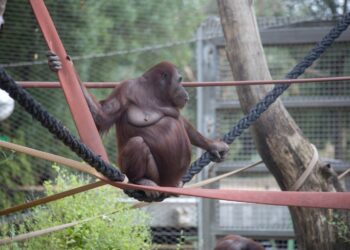The majority of amphibians undergo considerable change as they reach maturity. Which change is this called?

Metamorphosis
Puberty
Osmosis
Mitosis
Which of the following insect species has the highest likelihood of being seen engaging in sexual cannibalism, when the female consumes the male after mating?

Dung Beetle
Bullet Ant
Praying Mantis
Walking Stick
A certain type of fish is the only known creature in which the male carries offspring. What type of fish is this? This fish is what kind?

Wolf eel
Halibut
Swordfish
Seahorse
Which amphibians have skin that is covered with wart-like bumps?

Caecilians
Toads
Salamanders
Newts
Which order includes over 90% of all amphibian species?

Salamanders
Caecilians
Frogs and Toads
Newts
Which amphibians are limbless as adults?

Newts
Caecilians
Salamanders
Toads
Many fish have the ability to produce light, which they utilize in a variety of ways. What is it that, in most cases, allows them to create light?

Thermal radiation
Bioluminescence
Static electricity
Infrared scales
Since most predators hunt in packs, mammals have a strong sense of community. A pack hunter is which of the following?

Orca
Coyote
Lion
Polar bear
Except for one, all of the following are fish. Which one is it?

Seahorse
Jellyfish
Moray eel
Lionfish
This African bird has the name of a profession practiced by people. Can you figure it out?

The waiter bird
The magician bird
The mime bird
The Secretary Bird
What marine animals’ toxic tentacles have been resistant to clownfish?

Sea urchin
Box jellyfish
Humboldt squid
Sea anemone
Except for one, all of the following are arachnids. Which one is not an arachnid?
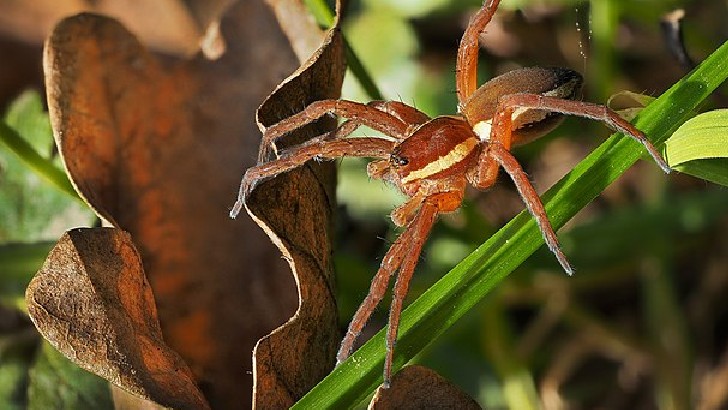
Scorpions
Crawdads
Ticks
Spiders
Believe it or not, the world’s deadliest animal is actually an insect-killing an estimated 750,000 people every year, 15 times as many as the next deadliest animal type. What deadly insect/insect group is this?

Spiders
Mosquitoes
Bees and Wasps
Tsetse Fly
Only bats among animals have the ability to fly. Bats, as opposed to birds, have a thin membrane that spans in between their bones. Which bones make up the wing’s skeleton in a bat?
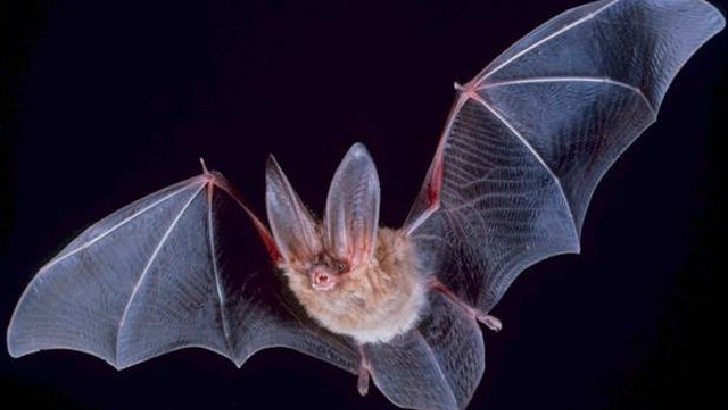
Collar and shoulder bones
Foot bones
Finger bones
Rib bones
What are reptile scales made of?

Bone
Cartilage
Callous Skin
Keratin
The anhinga is a swamp bird that is known by the moniker snakebird because it frequently swims with only its head and neck above the water. It spends a lot of time standing with its wings spread wide when it is not swimming. Why does it stand like this?
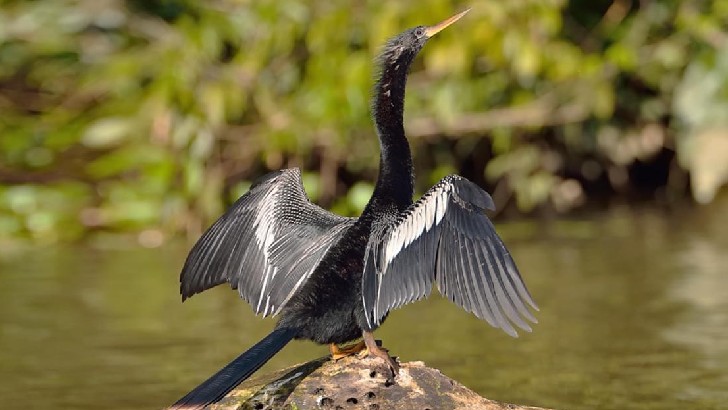
As a mating ritual
To create shade that attracts fish
To dry its feathers
To look more snake-like
The even-toed ungulates are one of the largest animal orders. An example of an even-toed ungulate is which of the following?

Puma
Kangaroo
Moose
Beaver
Which of the following fishes is NOT often observed inhabiting coral reefs?

Parrotfish
Yellow tang
Clownfish
Piranha
How can these baby amphibians breathe because they spend their first few years of existence in the water as larvae?
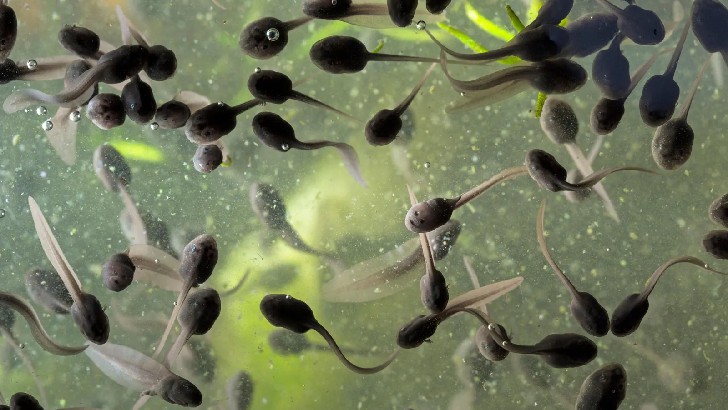
With gills
Through drinking water
With Lungs
They don’t need to breathe as larvae
What is the largest invertebrate on Earth?
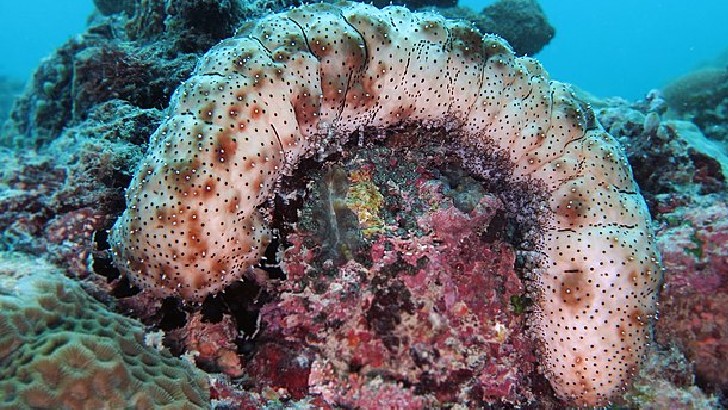
Giant squid
Sea cucumber
Giant centipede
Lion’s main jelly
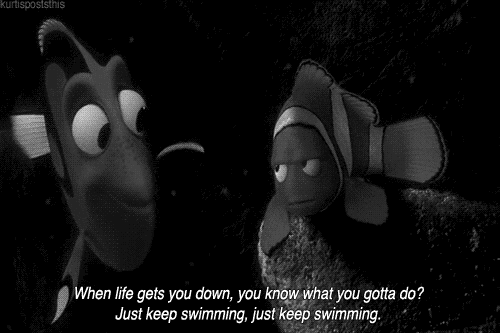
Oh no! You failed, you made Nemo sad.

Thumbs up! You are an animal lover.
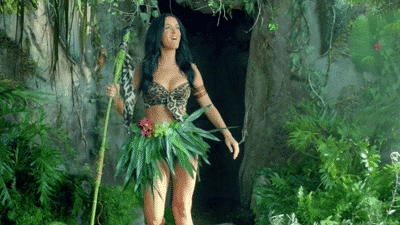
Awesome! You are the king of the Jungle.
[giveaway id=12098]

